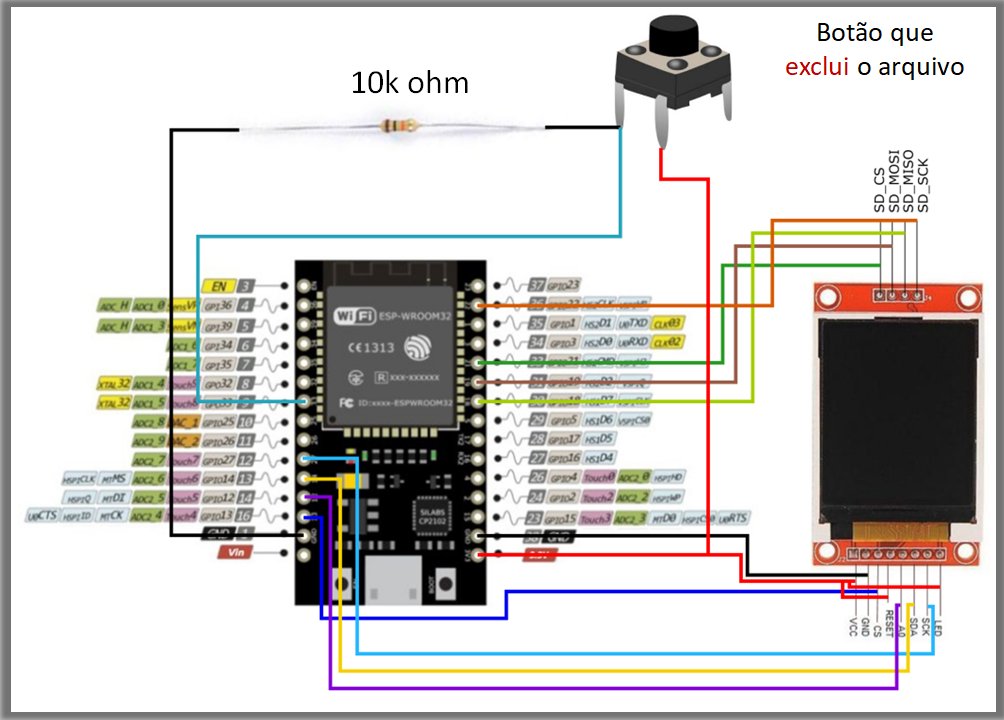

OS X Extended (Case-sensitive, Journaled, Encrypted): This is the same as the standard OS X Extended (Case-senstiive) file system, but with encryption.You’ll have to enter a password, and you’ll need to provide that password whenever you connect your drive to your Mac. OS X Extended (Journaled, Encrypted): This is the same as the standard OS X Extended file system, but with encryption.This option exists because it matches the traditional behavior of UNIX and some people might need it–don’t select this unless you know you need it for some reason. By default, Mac OS X doesn’t use a case-sensitive file system. OS X Extended (Case-sensitive, Journaled): On a case-sensitive file system, “file” is different from “File”.This file system is necessary if you plan on using the drive for Time Machine backups–otherwise, you’ll want to use exFAT for maximum compatibility.

OS X Extended (Journaled): This is the default, but it’s only natively supported on Macs.You’ll need to choose between several file systems: You’ll be asked to provide a name for the disk, which will appear and identify the disk when you connect it to a Mac, PC, or another device. Click the “Erase” button after selecting the entire drive to erase the entire drive and create a single partition on it.


 0 kommentar(er)
0 kommentar(er)
